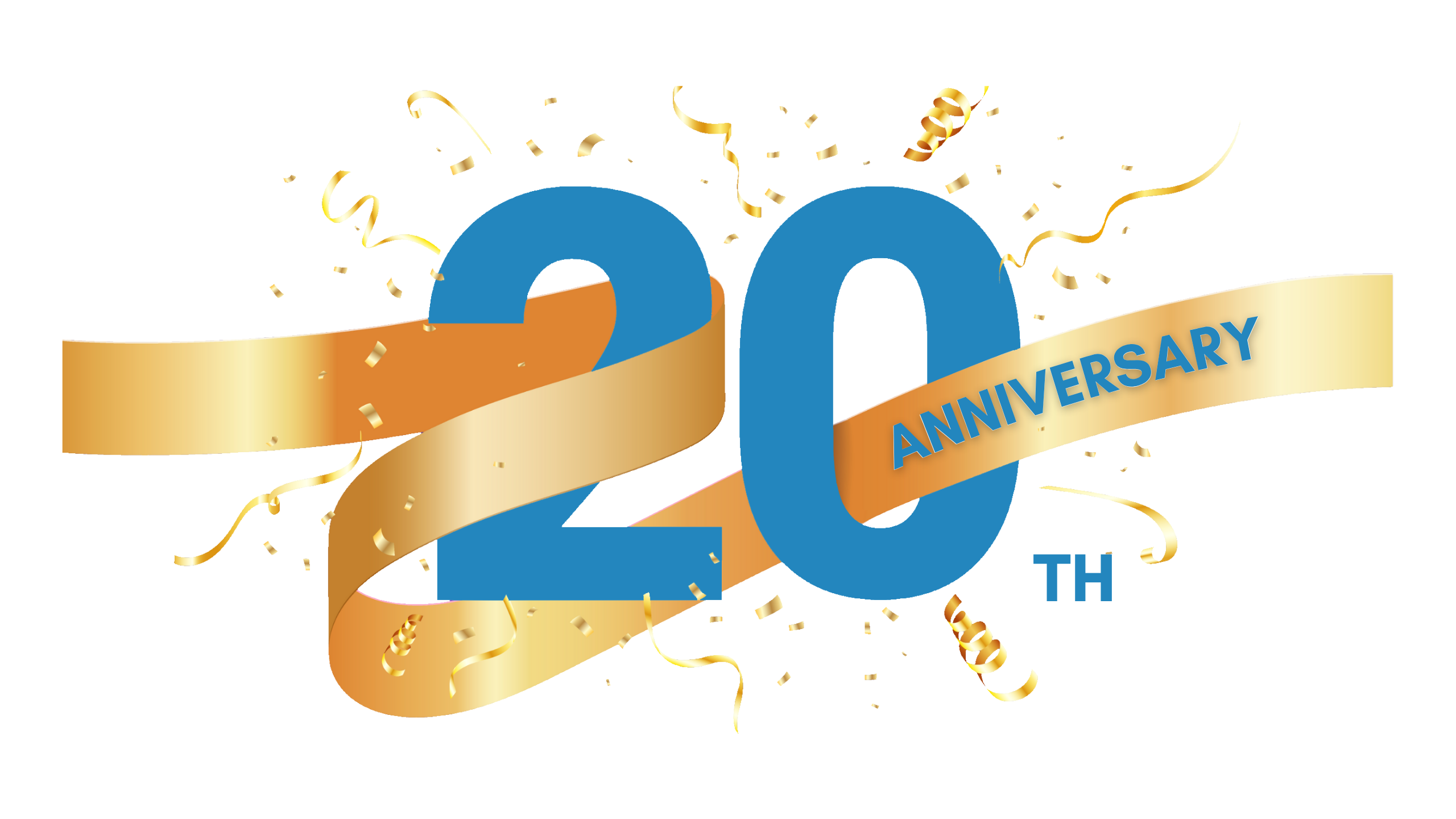* Terms and Conditions apply.


The following Action Plan covers the main features of the problem solving process. You can use it as a guide in tackling the problems you encounter. Remember that these stages often mix and overlap. You may have noted additional points which are relevant to your particular situation.
Recognising and overcoming problem solving blocks
There is a large range of blocks which can hinder your problem solving. To avoid their effects you need to

Involving others in solving the problem
Some problems are solved more effectively in a group. The more times you answer 'yes' to the following questions, the 'more appropriate it is to tackle the problem as a group:
The deciding question will always be: Are suitable and relevant people available to work together in solving this problem?' There are a number of techniques designed specifically for solving problems as a group, including brainstorming and Synectics.
Recognising and defining the problem
This is a key stage in solving problems effectively. To recognise problems efficiently you need to
- monitor performance against agreed standards
- observe staff to detect behaviour which may reflect an underlying problem.
- listen to staff so that you are aware of their concerns
- regularly review and compare current and past performance and behaviour to detect gradual deterioration.
To define problems effectively you need to distinguish between open-ended and closed problems and analyse them differently.
Closed problems:
Open-ended problems
Deciding if and when to act
Not all problems are important enough to merit the resources required to solve them. Even when they do, it's sometimes better to wait rather than to act immediately. Answering the following questions will tell you if the problem requires action and whether it would be best to act now or wait.
Finding possible solutions
Open-ended problems usually have many possible solutions while closed problems have one or a limited number of ways to overcome the cause. To find possible solutions you need to follow these stages, which form a cycle:
Identify the relevant information - Initially based on your problem definition:
Collect and record the information
This is a systematic process, starting with the information which will take the longest time to collect. Checking the accuracy of the information is vital.
Represent the information.
Create a model of the problem. This helps to give it structure and helps in your search for solutions. At this stage it maybe necessary to look for other possible causes of closed problems.
Define criteria of effectiveness
This gives direction to your search for solutions and involves listing the characteristics of an 'ideal' solution:
Some of these factors can only be defined once you have found possible solutions.
Construct courses of action to solve the problem
This involves finding ways of achieving the criteria of effectiveness you have defined. There are five sources of ideas:
The possible solutions are modified and refined to take account of factors which could influence their effectiveness, eg
Evaluating your solutions
Deciding which of the possible solutions will be most effective in solving the problem is a systematic process which can be divided into stages:
Involve others
Define the ideal solution:
The results required are given numerical values according to their relative importance. Where, the outcome is uncertain you need to calculate probabilities.
Eliminate unviable solutions, - those which do not meet the constraints.
Evaluate the remaining solutions, - estimate how well each one fits the ideal solution.
Assess the risks associated with this solution, -
If the risks are unacceptable and cannot be reduced sufficiently by adapting the solution it must be rejected. Continue this process until you find an acceptable solution.
Make the decision to implement the solution. Until you commit yourself to taking action you cannot proceed any further and the problem will remain unsolved.
Getting your solution accepted
To encourage people to accept your solution, and to gain their commitment to its successful implementation, first you need to draw up a plan for implementing the solution.
Identify areas of possible opposition by considering
Prepare a presentation which optimises the chances of your solution being accepted and supported, eg
Deliver your presentation effectively, whether in a meeting or a report, eg
Persevere until you succeed, either by improving your presentation or your solution, presenting it to someone else, or by looking for a different solution.
Implementing your solution
To ensure that your solution is implemented successfully, and achieves the results you expect, you need to
Plan and prepare to implement the solution:
- the actions required
- a schedule of actions
- the resources required (what and when)
- measures to counter adverse consequences
- management of the action
Implement and monitor the action:
Review and analyse the success of the action:
HOW TO BECOME A BETTER PROBLEM SOLVER
KEY POINTS
Improving your problem solving skills requires
Good luck!